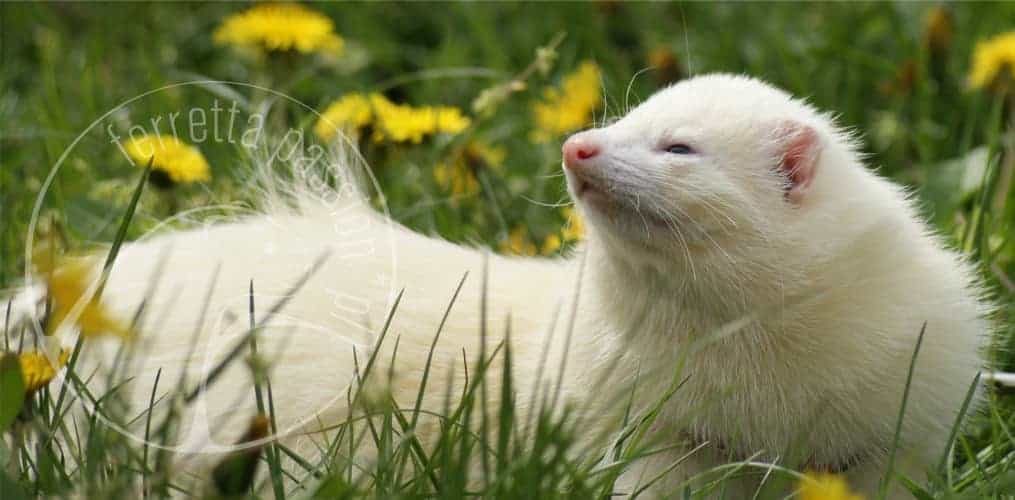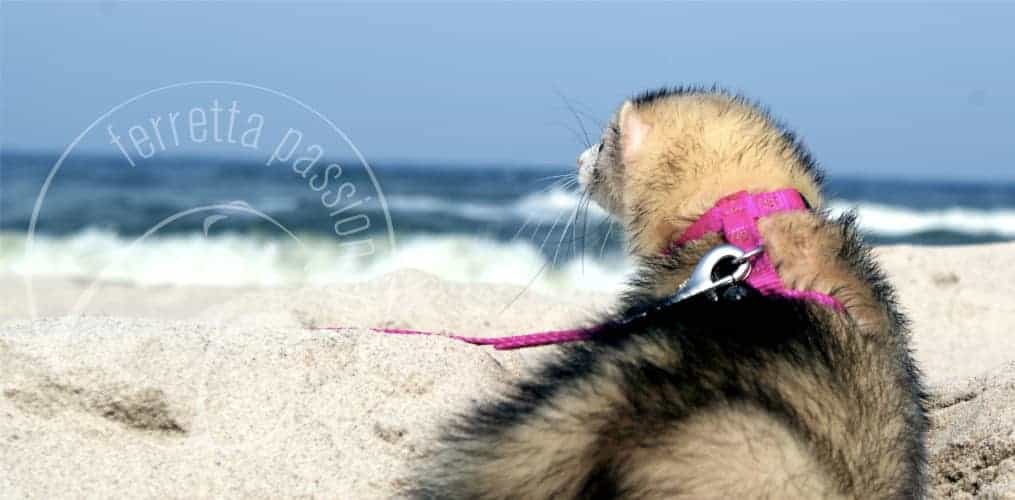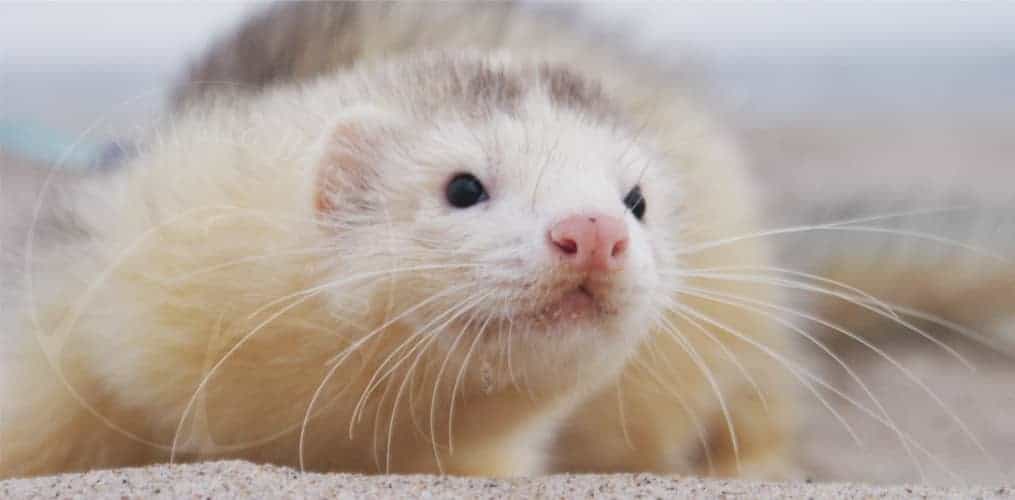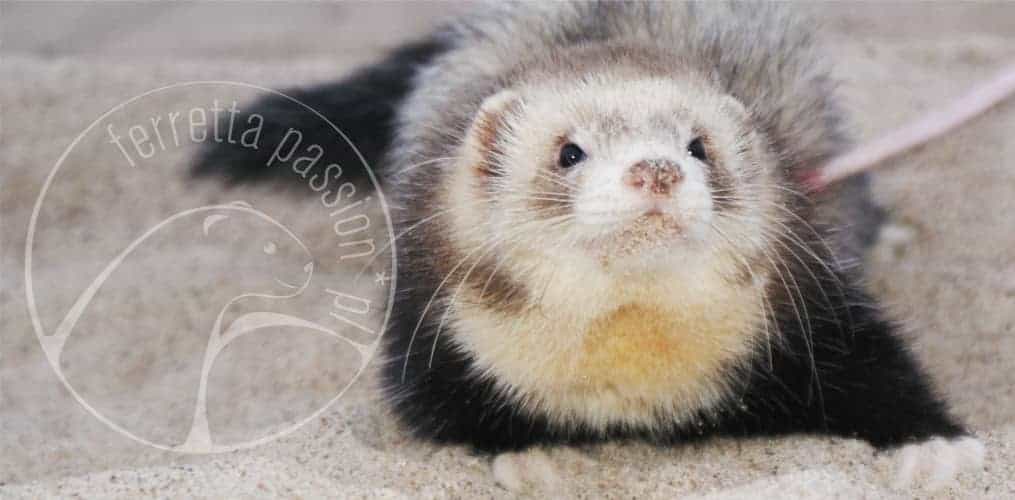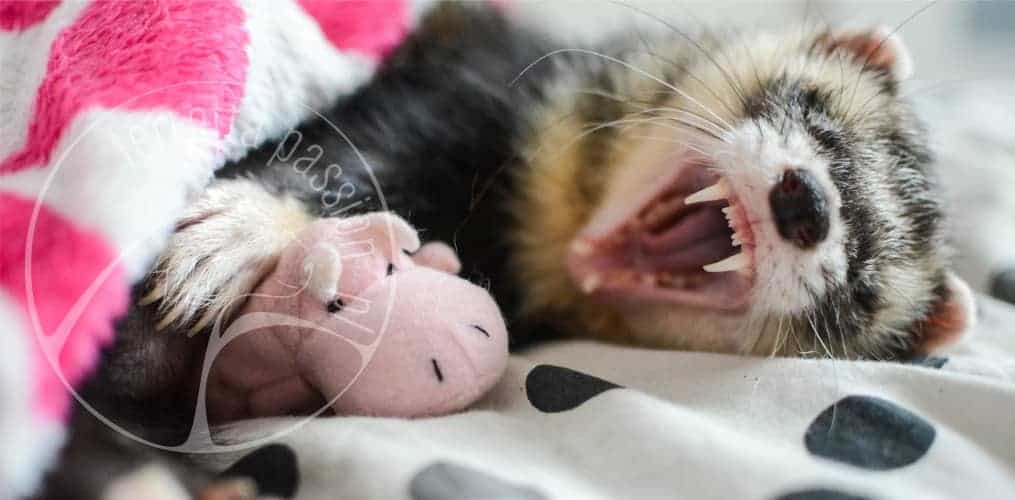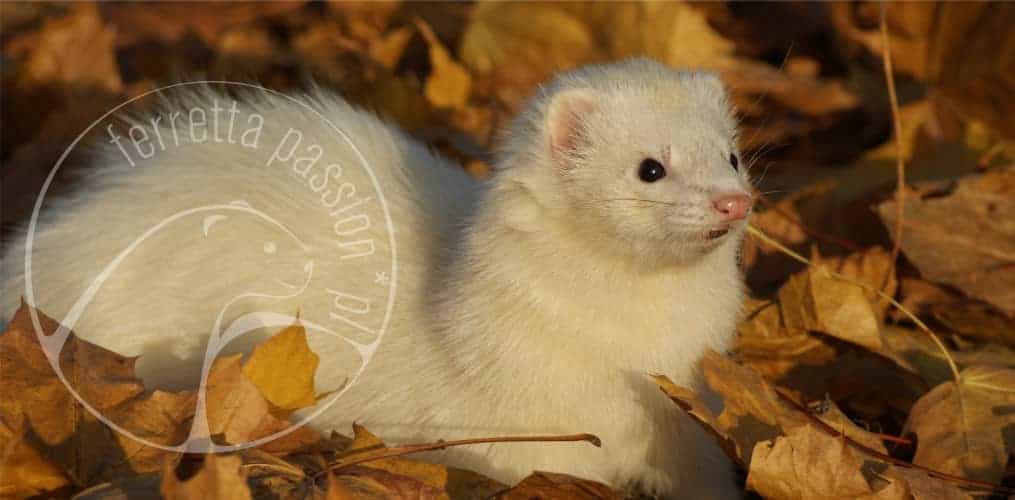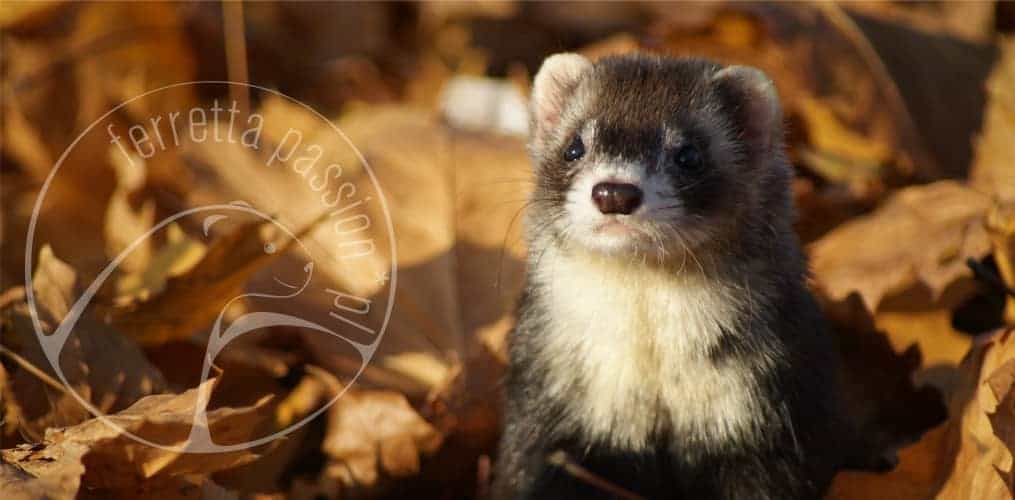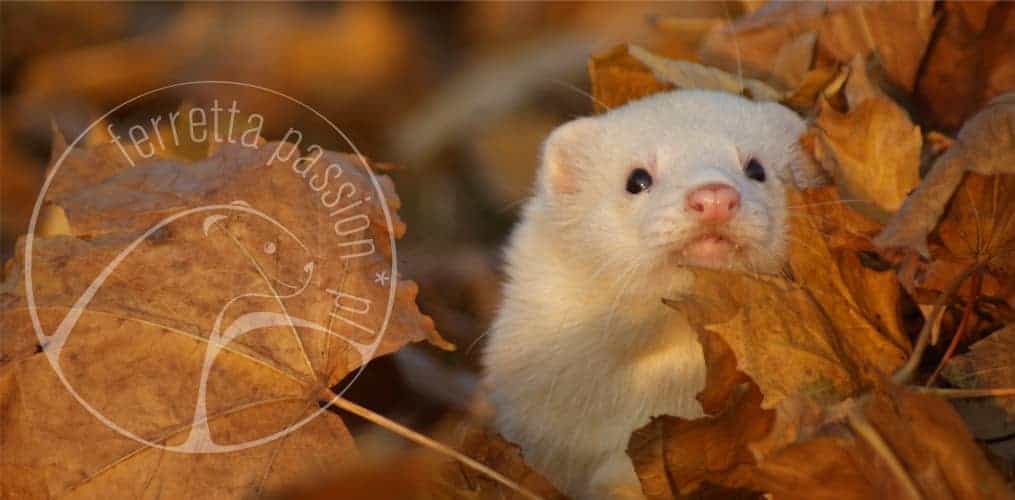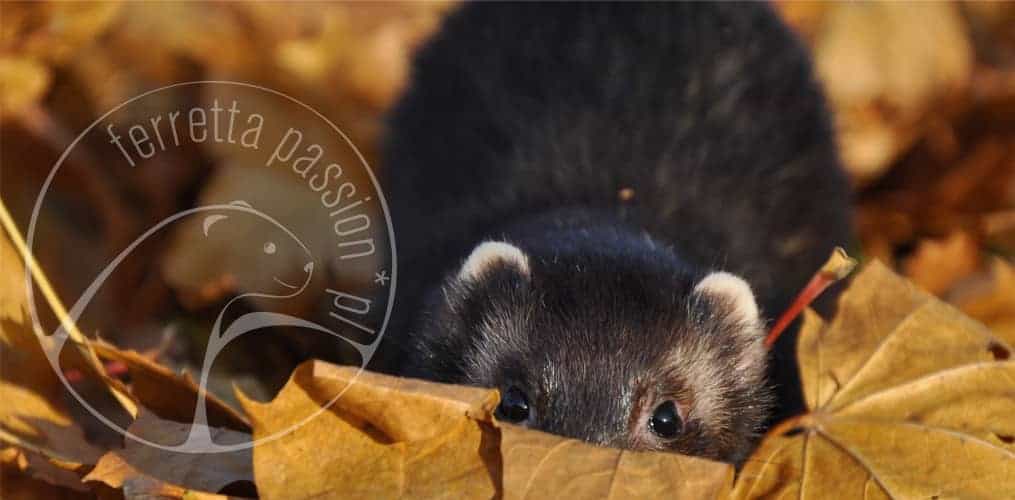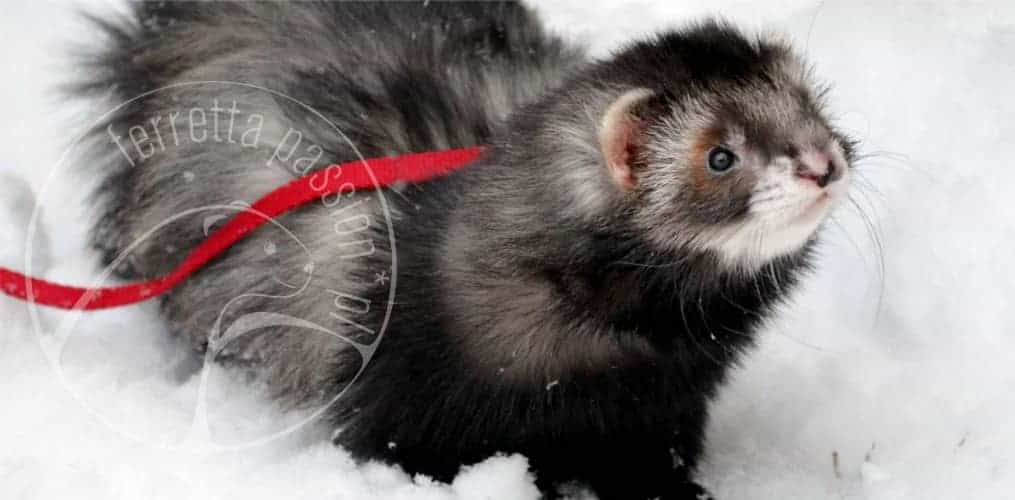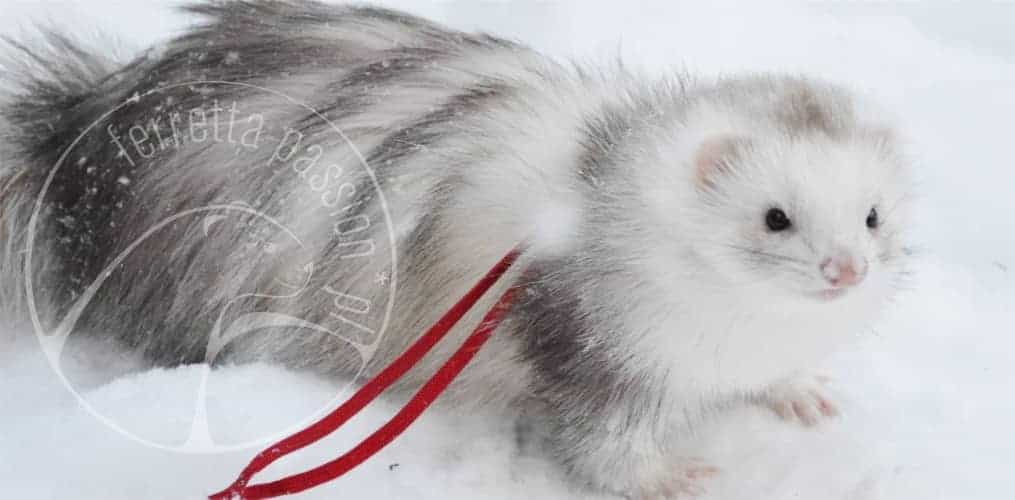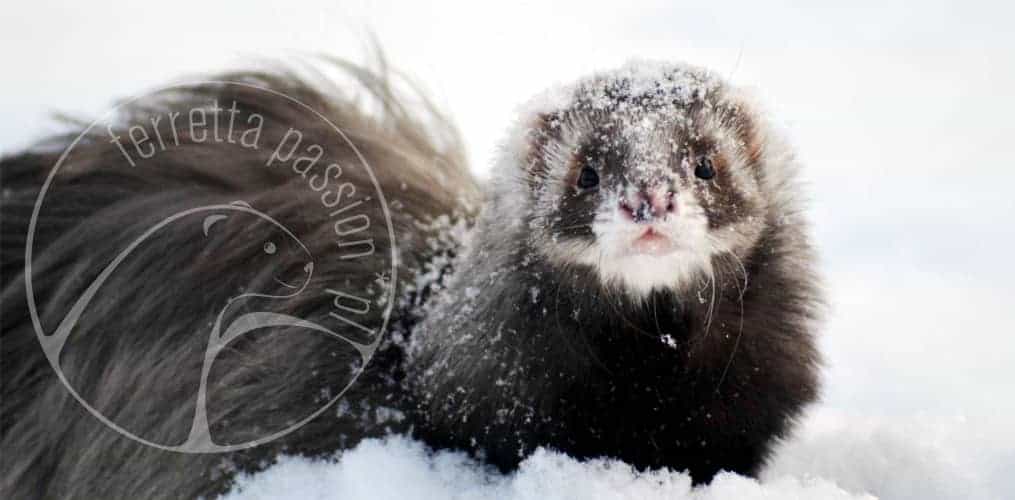Wartości Biochemiczne
| [Symbol] Składnik krwi |
j.m. | Samce 10 weeks3 [15] |
Samce 12 weeks3 [15] |
||
| [BUN] AZOT MOCZNIKOWY |
mg/dl | 20 | 39 | 19 | 43 |
| mmol/l | 7,14 | 13,92 | 6,78 | 15,35 | |
| [Urea] MOCZNIK |
mg/dl | 42,8 | 83,46 | 40,66 | 92,02 |
| mmol/l | 7,10 | 13,85 | 6,74 | 15,28 | |
| [URIC ACID] KWAS MOCZOWY |
mg/dl | 1,6 | 5 | 1,7 | 3,2 |
| mmol/l | 0,09 | 0,3 | 0,1 | 0,19 | |
| [MILK ACID] KWAS MLEKOWY |
mg/dl | – | – | – | – |
| mmol/l | – | – | – | – | |
| [CR] KREATYNINA |
mg/dl | 0,6 | 1,4 | 0,7 | 1,6 |
| umol/l | 53,04 | 123,76 | 61,88 | 141,44 | |
| STOSUNEK BUN/CREA [42=21 BUN/0,5 CR] |
– | 17,1 | 36,7 | 20,8 | 35,0 |
| [TP TPP] BIAŁKO CAŁKOWITE |
g/dl | 4,4 | 5,6 | 4,4 | 5,2 |
| g/l | 44 | 56 | 44 | 52 | |
| [Na+] SÓD |
mg/dl | 335,8 | 354,2 | 333,5 | 349,6 |
| mmol/l | 146 | 154 | 145 | 152 | |
| [K+] POTAS |
mg/dl | 18,37 | 32,45 | 17,99 | 23,46 |
| mmol/l | 4,7 | 8,3 | 4,6 | 6,0 | |
| [Na/K] STOSUNEK [Na] SÓD / [K] POTAS |
– | – | – | – | – |
| [Ca++] WAPŃ |
mg/dl | 10,1 | 12,1 | 9,6 | 10,7 |
| mmol/l | 2,52 | 3,03 | 2,4 | 2,68 | |
| [P++] FOSFOR |
mg/dl | 8,6 | 14,7 | 8,2 | 11,8 |
| mmol/l | 2,77 | 2,75 | 2,64 | 3,81 | |
| [Mg++] MAGNEZ |
mg/dl | – | – | – | – |
| mmol/l | – | – | – | – | |
| [CL-] CHLOR |
mg/dl | 407,1 | 428,34 | 400,02 | 431,88 |
| mmol/l | 115 | 121 | 113 | 122 | |
| [ALT ALAT GPT SGPT] AMINOTRANSFERAZA ALANINOWA |
U/l |
95 | 544 | 93 | 366 |
| [AST AspAT GOT SGOT] AMINOTRANSFERAZA ASPARAGINIANOWA |
U/l |
63 | 152 | 70 | 112 |
| ALT/AST | – | – | – | – | – |
| [ALP Falk FAL AP] FOSFATAZA ZASADOWA |
U/l | 117 | 277 | 126 | 272 |
| [ACP FK] FOSFATAZA KWAŚNA |
U/l | – | – | – | – |
| [BILI-T TBIL] BILIRUBINA CAŁKOWITA |
mg/dl | – | – | – | – |
| umol/l | – | – | – | – | |
| [BC] BILIRUBINA ZWIĄZANA |
mg/dl | 0 | 0,6 | 0 | 0,1 |
| umol/l | – | – | – | – | |
| [BU] BILIRUBINA WOLNA | mg/dl | – | – | – | – |
| [N] AMONIAK | umol/l | – | – | – | – |
| [GGT GGTP γ-GT] γ-GLUTAMYLO- TRANSFERAZA |
U/l | 2 | 20 | 1 | 11 |
| [AMY] ALFA-AMYLAZA |
U/l | 0 | 100 | 0 | 100 |
| [LP] LIPAZA | U/l | 0 | 200 | 0 | 200 |
| [ALB] ALBUMINY |
g/dl | 2,6 | 3,2 | 2,6 | 3,2 |
| g/l | 26 | 32 | 26 | 32 | |
| [GLOBN] GLOBULINY |
g/dl | 1,7 | 2,4 | 1,8 | 2,4 |
| g/l | 17 | 24 | 18 | 24 | |
| [A/G] STOSUNEK ALB/GLOBN |
– | 1,3 | 1,6 | 1,2 | 1,9 |
| [CO2] DWUTLENEK WĘGLA |
mmol/l | 13 | 27 | 17 | 26 |
| [GLU] GLUKOZA |
mg/dl | 116 | 249 | 105 | 149 |
| mmol/l | 6,49 | 13,94 | 5,88 | 8,34 | |
| FRUKTOZAMINA | umol/l | – | – | – | – |
| [HbA] HEMOGLOBINA GLIKOWANA |
% | – | – | – | – |
| KWASY ŻÓŁCIOWE | umol/l | – | – | – | – |
| [CK, CPK] KINAZA KREATYNOWA |
U/l | – | – | – | – |
| [HDL LDL] CHOLESTEROL |
mg/dl | 239 | 332 | 227 | 343 |
| mmol/l | 6,21 | 8,63 | 5,90 | 8,92 | |
| [LD LDH] DEHYDROGENAZA MLECZANOWA |
U/l | 362 | 920 | 400 | 711 |
| [SDH] DEHYDROGENAZA SORBITOLU |
mU/ml | – | – | – | – |
| [GDH GLDH] DEHYDROGENAZA GLUTAMINIANOWA |
U/l | – | – | – | – |
| [TG] TRIGLICERYDY | mg/dl | – | – | – | – |
| mmol/l | – | – | – | – | |
| [Zn] CYNK | ug/dl | – | – | – | – |
| umol/l | – | – | – | – | |
| [Cu] MIEDŹ | ug/dl | – | – | – | – |
| umol/l | – | – | – | – | |
| [Se] SELEN | ug/dl | – | – | – | – |
| umol/l | – | – | – | – | |
| [TIBC Fe++] ŻELAZO |
ug/dl | – | – | – | – |
| umol/l | – | – | – | – | |
| [HCO3-] WODOROWĘGLANY |
mmol/l | – | – | – | – |
| [pH] ODCZYN KRWI |
pH | – | – | – | – |
| ZWIĄZKI KETONOWE |
mg/dl | – | – | – | – |
| umol/l | – | – | – | – | |
| [WKT] WOLNE KWASY TŁUSZCZOWE |
umol/l | – | – | – | – |
Profil nerkowy
- [BUN, UN] AZOT MOCZNIKOWY
- [Urea] MOCZNIK
- KWAS MLEKOWY
- [CR CREA] KREATYNINA
- [BUN] / [CREA]
- [TP TPP] BIAŁKO CAŁKOWITE
- [Na+] SÓD
- [K+] POTAS
- [Na+] SÓD / [K+] RATIO
- [Ca++] WAPŃ
- [P++] FOSFOR
Profil wątrobowy
- [ALT ALAT GPT] AMINOTRANSFERAZA ALANINOWA
- [AST AspAT GOT SGOT] AMINOTRANSFERAZA ASPARAGINIANOWAALANINOWA
- [ALT/AST] STOSUNEK ALT / AST
- [AP ALP Falk FAL SAP] FOSFATAZA ZASADOWA
- [ACP FK] FOSFATAZA KWAŚNA
- [BILI-T] BILIRUBINA CAŁKOWITA
- [DIR BILI] BILIRUBINA ZWIĄZANA
- [INDIR ILI] BILIRUBINA
- [N] AMONIAK
- [GGT GGTP γ-GT] γ-GLUTAMYLO-TRANSFERAZA
- [AMY] ALFA-AMYLAZA 37 st. C
- LIPAZA
- [ALB] ALBUMINY
- [GLOBN] GLOBULINY
- [A/G] STOSUNEK ALBUMIN/GLOBULIN
- [CO2] DWUTLENEK WĘGLA
Profil trzustkowy
- [GLU SHBG] GLUKOZA
- FRUKTOZAMINA
- [HbA] HEMOGLOBINA GLIKOWANA
- KWASY ŻÓŁCIOWE
Profil lipidowy
- [HDL LDL] CHOLESTEROL
- [LDH LD] DEHYDROGENAZA MLECZANOWA
- [SDH] DEHYDROGENAZA SORBITOLU
- [GDH GLDH] DEHYDROGENAZA GLUTAMINOWA
- [TG] TRIGLICERYDY
Profil sercowy
- [CK, CPK] KINAZA KREATYNOWA
- [CL-] CHLOR
Inne
- [Mg++] MAGNEZ
- [Zn] CYNK
- [Cu] MIEDŹ
- [Se] SELEN
- [TIBC Fe++] ŻELAZO
- [HCO3-] WODOROWĘGLANY
- [pH] ODCZYN KRWI
- ZWIĄZKI KETONOWE
- [WKT] WOLNE KWASY TŁUSZCZOWE
* Wysoka wartość hematokrytu oznacza, że próbki do badań biochemicznych muszą być relatywnie duże… Należy pobrać trzy razy większą objętość krwi w stosunku do potrzebnej ilości osocza lub surowicy.
** podane wartości referencyjne są podane dla małej ilości fretek – mogą występować różnice osobnicze
[*] ilość badanych fretek
[1] Measurements were made on blood from 28 male and 11 female ferrets. Male and female albino ferrets from a single supplier (A. S. Roe, Little Fakenham, Thetford, Norfolk, UK) were housed singly in wooden cages on wood shavings and maintained on a 14-hour light cycle at 18-19°C. The ferrets were fed a diet of minced beef and dog biscuits (complete dog diet; Spratt’s Patent Ltd, Central House, Cambridge Road, Barking, Essex, IG11 8NL, UK). Water was provided without restriction in standard drinking bottles. The ferrets were anaesthetized with ether and exsanguinated from the abdominal aorta. Whole blood for haematology was dispensed from a syringe onto the potassium salt of ethylenediamine tetracetic acid as anticoagulant, whilst whole blood preserved in fluoride oxalate, was used for glucose estimations. Blood for serum chemistry was collected in plastic centrifuge tubes, allowed to clot, centrifuged at 2500 rev/min for 20 min, and the serum removed.
[2] 13 fitch – (5) female, (3) male, (5) castrated male – (polecat) ferrets (Mustela putorius furo), obtained from Marshall Research Animals, North Rose, USA at 4-8 months of age, were used in these studies. All ferrets were vaccinated against canine distemper and some males were castrated prior to shipment by the supplier. The ferrets were housed in individual stainless-steel cages (60 X 60 x 70 em; Harford Metal Products, Aberdeen, USA) under artificial lighting (12 h photoperiod) at 25″‚C, and provided with food (Main Meal Cat Chow; Ralston Purina Co., St Louis, USA) and water ad libitum. All animals were acclimatized for at least 4 weeks prior to initiation of the experiment. Ketamine hydrochloride (Bristol Laboratories, Syracuse, USA), administered im at a dosage of 26-33 mg/kg bOdyweight, was used to induce anaesthesia. Blood was drawn by cardiac or jugular vein puncture, using a 0’7 x 25 mm needle. As needed, approximately 8-10 ml of blood, about 20% total blood volume (Hahn & Wester, 1969), was drawn from each animal for analyses.
[3] A prothrombin time of 14.4 to 16.5 seconds (range) is within the range of those documented in the dog. () More recently, hematology values obtained from Marshall Farm ferrets have been obtained (). Interestingly, the hematocrit, hemoglobin, and erythrocyte counts are lower than previously recorded (1-2). The blood was collected into citrate vacutainer via cardiac puncture in ferrets anesthetized with acepromazine and ketamine. Present serum chemistry values for the ferrets used in the previously cited studies (1-2).
[4] b/d
[5] b/d – adapted from Moody K.D., T.A Bowman and C.M. Lang: Laboratory management of the ferret for biomedical research. Lab. Anim. Sci. 35: 272-279 (1985) and adopted from Lee E.J. (1982)
[6] combined male and female pet ferrets (n = 60) from Cray C., Avian and Wildlife Laboratory, Miller School of Medicine, University of Miami,Miami, FL
[7] adopted from Fox J.G. (1998), Lee E.J. (1982), and Thornton P.C. (1979)
[8] adopted from others [1971-1998]
[9] b/d – data ferrets from Marshall Farms
[10] b/d
[11] b/d
[12] 30 ferrets
[13] The data presented here were compiled at the Lovelace Respiratory Reserch Institute (LRRI, Albuquerque, NM) from 279 clinically normal Triple-F Farms (Sayre, PA) – sourced ferrets. Values are relatively consistent across both population of males (predominantly in the 4-6 months age range).
[14] b/d – data adopted from Fox J.G., Johnson-Delaney C.A., Kawasaki T.A., Lee E.J., Thornton P.C.
…
Uwaga!
Większość książek lub artykułów, wykorzystanych do opracowania niniejszego tematu, zostało opublikowanych jakiś czas temu, w związku z powyższym niektóre dane, metody leczenia i leki mogą być nieaktualne (wycofane z obrotu lub nigdy nie dopuszczone do obrotu w Polsce), ale Wasz lekarz weterynarii na pewno będzie wiedział czym można je zastąpić.
Większość informacji na tych stronach napisali ludzie, którzy mają duże doświadczenie w hodowli fretek jednak nie są weterynarzami. Wszystkie teksty były konsultowane ze specjalistami.
Każda chora fretka powinna natychmiast znaleźć się u wykwalifikowanego i doświadczonego weterynarza, który specjalizuje się w leczeniu fretek. Pamiętaj fretki należą do zwierząt, u których symptomy choroby występują bardzo późno, co może prowadzić do ich nagłej śmierci. Nie próbuj żadnych “domowych sposobów” bez konsultacji ze specjalistą, nawet jeśli jakiś znajdziesz gdzieś w tekście na tej stronie. Informacje tu zawarte mogą powiększyć Twoją wiedzę i wyczulić Cię na niespecyficzne objawy w zachowaniu Twojej fretki, ale pamiętaj niewłaściwa, samemu postawiona diagnoza może decydować o jej życiu.
Wszystkie prawa zastrzeżone!
…
by: Ana
foto:
1) ferretta.pl
© Fotki, zdjęcia i ryciny zamieszczono w celach poglądowych, dydaktycznych, informacyjnych lub szkoleniowych • © All rights reserved or Some rights reserved, publikacja powyższych zdjęć wymaga zgody autorów
literatura:
[1] „The ferret, Mustela putorius furo, as a new species in toxicology”, P.C. Thornton, Pauline A. Wright, P.J. Sacra & T.E.W. Goodier, Laboratory Animals (13) 1979, s. 119-124
[2] „Haematological and serum chemistry profiles of ferrets (Mustela putorius furo)”, Elsbeth J. Lee, W.E. Moore, H.C. Fryer & H.C. Minocha, Laboratory Animals (12) 1982, s. 133-137
[3] „Biology and diseases of the ferret” Fox JG., 1988, 1998
[4] „Normal Parameters and Laboratory Interpretation of Disease States in the Domestic Ferret,” article by Dr. Tom Kawasaki, 1994
[5] „Ferret husbandry, medicine, and surgery” John H. Lewington, 2000
[6] „Ferrets, Rabitts & Others: Clinical Medicine and Surgery”, Katherine E. Quesenberry and James W. Carpenter, 3rd edition, Saunders, 2012
[7] „Fretki: warunki zdrowotne, hodowla, rozpoznanie i leczenie chorób” Maggie Lloyd, 1999
[8] „Species specific hematology” Zimmerman K.L., Moore D.M., Smith S.A., Schalm’s veterinary hematology, 6th ed., Ames, Iowa: Wiley-Blackwell: 2010:852-917
[9] „Exotic companion medicine handbook for veterinarians” Cathy A. Johnson-Delaney, Eastside Anian & Exotic Animal Medical Center Kirkland, Washington, 2008
[10] „Ferrets: Clinical Pathology and Sample Collection” Morrisey J.K., Ramer J., Reavill D.R. (ed), Veterinary Clinics of North America, Exotic Practice: September 1999, s. 553-564
[11] „Diagnostics and restraint of the domestic ferret” Morrisey J.K., J.W. Carpenter, and C. Kolmstetter, Vet. Med. Vol 91(12), 1996, s. 1084-1097
[12] „Laboratory Reference Ranges for Selected Avian, Mammalian and Reptilian Species” Fudge A.M., Laboratory Medicine, Avian and Exotic Pets, W.B. Saunders, Philadelphia USA, s.269-727, 2000
[13] „The Laboratory Ferret”, C. Andrew Matchett, rena Marr, Felipe M. Berard, Andrew G. Cawton, Sonya P. Swing, CRC Press, A volume in The Laboratory Animal Pocket Reference Series, 2012
[14] „Schalm’s Veterinary hematology” Douglas J.Weiss, K. Jane Wardrop, 6th ed., Wiley-Blackwell, 2010, s. 888-892
[15] „Ferret Medicine”, Joerg Mayer DVM, Gretchen Kaufman DVM, Cummings School of Veterinary Medicine at Tufts University, 2009
[16] „Drobne ssaki” Prof. MVDr. Zdenek Knotek, CSc, MVDr. Zora Knotkova, CSc., Brno 2004
[17] „Tchórz” Marcin Brzeziński, Jerzy Romanowski, 1997
[18] „Hodowla tchórzy” Maria Bednarz, Andrzej Frindt, 1991
[19] „Ferret for dummies” K. Schilling, 2007
[20] „How to read your report” Wellness Inc., 1993
[21] „Practical ferret medicine and surgery for the private practitioner” Finkler M., 1993
[22] „Ferret medicine and surgery” Brown S., 1992, 2001
[23] „Ferret breeding” James McKay, 2006
[24] „Wartości referencyjne podstawowych badań laboratoryjnych w weterynarii”, Anna Winnicka, SGGW, 2008
…
-
admin

